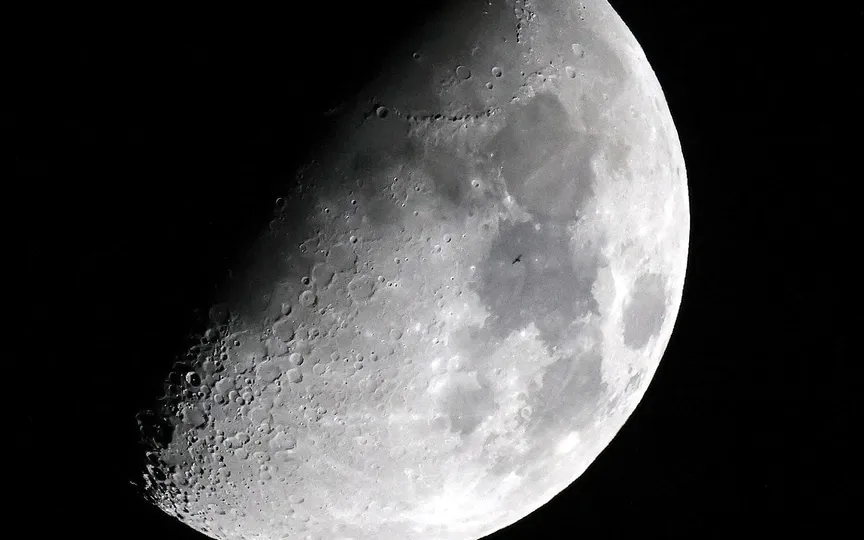Astronomers Discover Granite and Evidence of Water on the Moon
Scientists are conducting research on the moon and its surroundings in order to enhance their knowledge about its formation, past conditions, and composition. Recently, significant amounts of granite have been discovered beneath the Compton-Belkovich volcanic complex, suggesting that this region was once illuminated by volcanic eruptions billions of years ago. This finding has sparked speculation that water might have also been present in that area.
According to Space.com. about 3.5 billion years ago, cooling magma triggered volcanic eruptions on the moon that formed this feature. Although the discovery was not a surprise, as scientists already suspected it. They know that this part of the area was once home to an ancient volcanic complex.
About the granite discovery
Based on data collected by NASA’s Lunar Reconnaissance Orbiter, a team of scientists led by researcher Matthew Siegler of the Planetary Science Institute found the location of the cooled magma. The granite placer was spread 31 miles, which is 50 kilometers. However, it was quite unexpected.
According to SMU. In addition to measuring the temperature of the Compton-Belkovich region, the researchers discovered that radioactive heat was building up beneath the region.
“All of the large granite bodies that we find on Earth feed a large group of volcanoes, just as a large system feeds the Cascade volcanoes in the Pacific Northwest today,” Siegler said.
If we talk about granites, it is very common to find it on Earth, but on the moon it is a rare occurrence. The formation of granite on Earth is caused by water and tectonic plates that melt large bodies beneath the Earth’s surface.
Scientists speculate that if granite is present, there must have been water there during volcanic activity. Research now continues to look for answers and how the lunar crust was formed in the moon’s early history.
What is the Compton-Belkovich site?
According to NASA, the Compton-Belkovich site is a highly radioactive lunar site and is considered to be of volcanic origin for the moon. Discovered by a gamma-ray spectrometer in 1998, it is a region of condensed thorium, the “fertile” element on the Moon.




